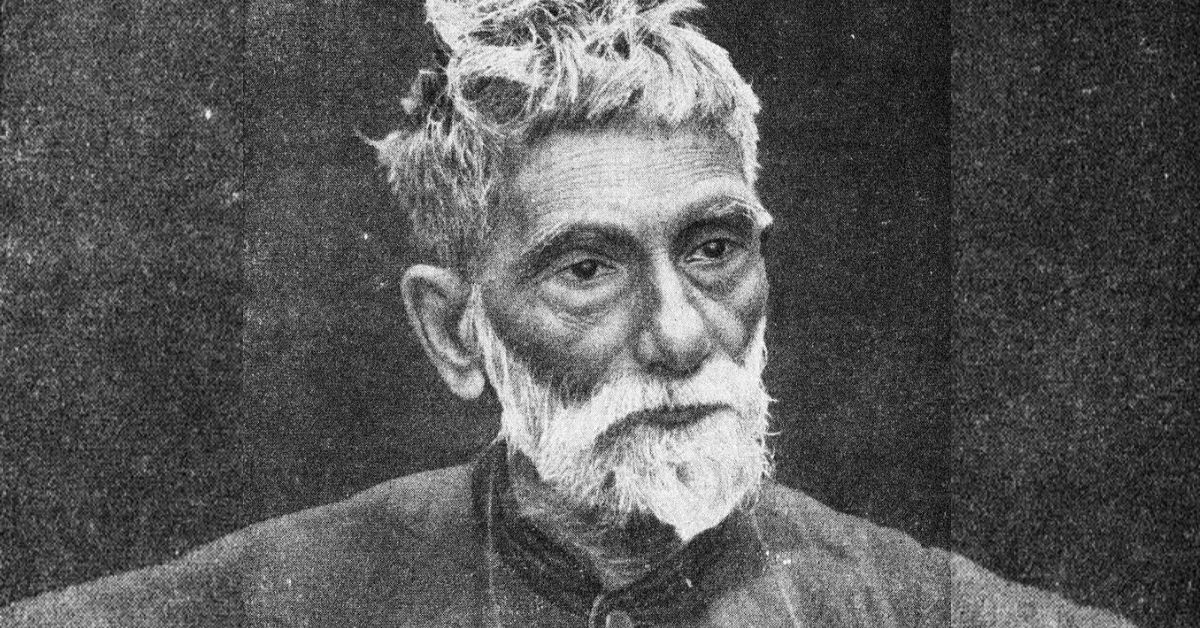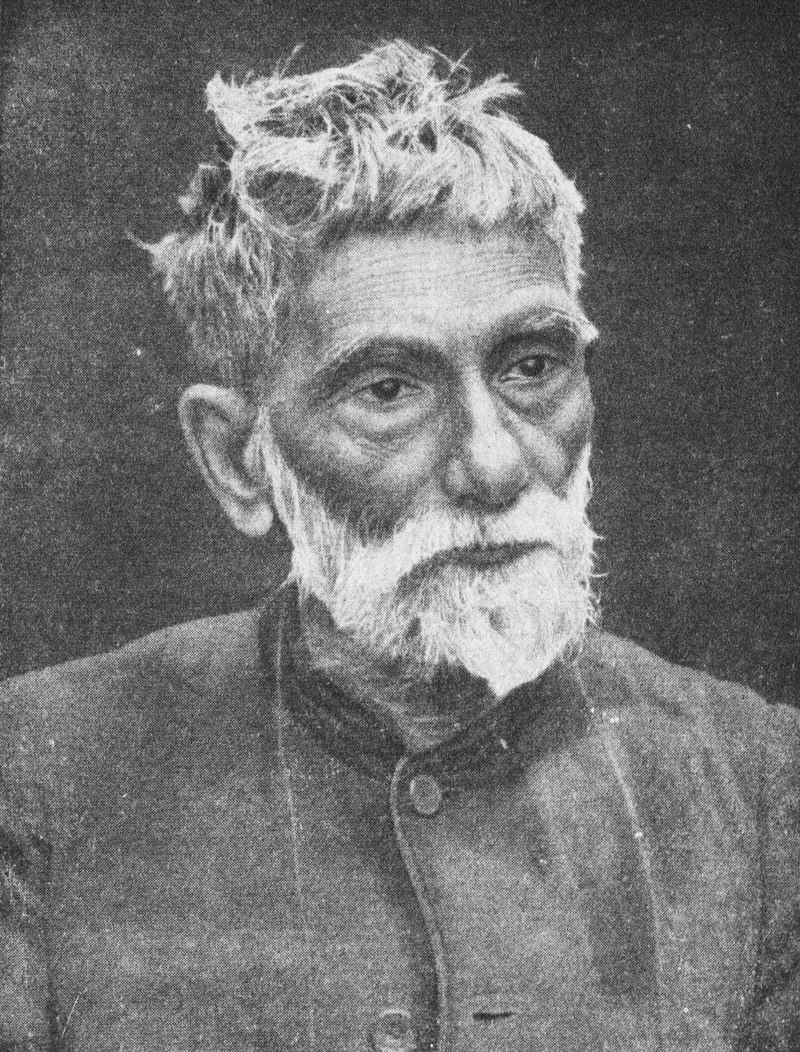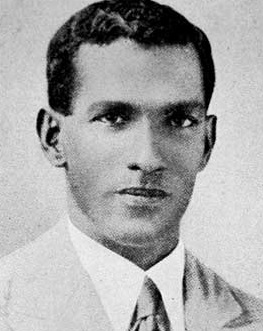How the ‘Acharya’ of Indian Chemistry Set Up India’s First Pharma Company
Apart from his many contributions to the field of chemistry including the 107 papers he published, Ray is known for being a visionary whose entrepreneurial and philanthropic spirit touched the lives of many in Bengal.

In 1922 when flash floods swept Northern Bengal rendering millions of people homeless and hungry, a retired Indian chemist, educationist, and philanthropist became a ray of hope for many. Mobilising the Bengal Relief Committee, he collected over 2.5 million rupees in cash and kind and distributed to affected areas bringing relief.
Planning your next trip? Visit the scenic Koraput Valley in Odisha. Know more here
The man in question was none other than the Bengali nationalist who established India’s first research school in chemistry and is regarded as the father of chemical science in India.
August 2, marks his birth anniversary.
This is the story of Acharya Prafulla Chandra Ray.
Apart from his many contributions to the field of chemistry including the 107 papers he published, Ray is known for being a visionary whose entrepreneurial and philanthropic spirit touched the lives of many in Bengal.
Born in 1861, in the village of Raruli-Kathipara, Jessore District (now Khulna District) in erstwhile Bengal Presidency of British India (now in present-day Bangladesh), Ray was the third of seven children of Harish Chandra Raychowdhury, a wealthy zamindar, and his wife Bhubanmohini Devi.
Ray began his education in the village school run by his father and moved to Calcutta at the age of ten. Studying in the Hare School, Ray suffered a severe case of dysentery in class four that forced him to return to his ancestral home.
Though disappointed at first, Ray later realised this break was a blessing in disguise. It opened up a world of inspirational biographies, articles on science, history, geography, Bengali literature, and languages such as Greek, Latin, French, and Sanskrit.
In 1876, Ray returned to Calcutta where he studied at the Albert School. Passing the school’s Entrance Examination (matriculation exams) with a first division, he continued his education as an FA (First Arts) student in the Metropolitan Institution (later Vidyasagar College).
A student who focussed more on language and literature, you may wonder what sparked Ray’s interest in chemistry.

His earliest influence in the field came from Alexander Pedler—an inspiring lecturer and experimentalist. One of the earliest research chemists in India, Ray was inspired by Pedler’s physics and chemistry lectures at the Presidency College where he was an external student.
Such was the influence that Ray even set up a miniature chemistry laboratory at a classmate’s lodgings to replicate Pedler’s experiments, one of which resulted in a close shave with death when a faulty apparatus exploded.
After obtaining his FA diploma from the University of Calcutta, he proceeded to the University of Edinburgh, in August 1882 at the age of 21, on a Gilchrist Scholarship where he completed his B.Sc. and D.Sc. degrees.
At a time when research in organic chemistry was making waves, Ray’s interests were conspicuous. He wanted to explore inorganic chemistry and thus delved into understanding the specific nature of structural affinities in double salts and metal double sulfates which was the subject of his thesis. He published several articles recognised across the world on mercurous nitrite and its derivatives.
Ray could have had a comfortable life had he settled abroad and continued to work with premier institutes, but in 1888, he made a conscious choice of returning to India. For close to a year, he worked with his friend, the legendary Acharya Jagadish Chandra Bose.
In 1889, Ray was appointed as an Assistant Professor of Chemistry in the Presidency College, Kolkata. Here, Ray was instrumental in developing the right scientific attitude and bringing the wonders of chemistry to some of the best minds in the country like Meghnad Saha and Shanti Swarup Bhatnagar.
Ray was a visionary and believed that industrialisation was a step toward India’s progress. He set up what came to be known as the first chemical factory or pharma company in India.
In 1901, the humble beginnings of Bengal Chemical & Pharmaceutical Works Ltd were within the four walls of a home Ray had rented at 91 Upper Circular Road, Calcutta.
Set up at a meager capital of Rs 700, Ray started the company to foster a spirit of entrepreneurship among Bengali youth to ensure they need not chase jobs from the foreign rulers.
It created history as the first Indian company of its kind to manufacture quality chemicals, drugs, pharmaceuticals, and home products, employing indigenous technology, skill, and raw materials. Some of these products included fire extinguishers, surgical instruments, talcum powder, toothpaste, glycerin soap, carbolic soap, etc. popular during that period.
When Ray turned 60, he donated, in advance, all his salary for the rest of his service in the University to the development of the Department of Chemistry and the creation of two research fellowships. He represented many Indian universities at international seminars and congresses. He was elected the Indian Science Congress President in 1920.
The company grew under the leadership of Ray and found patrons in eminent personalities such as Dr R G Kar, Dr N R Sarkar, Dr S P Sarbadhikari, Dr Amulya Charan Bose and created employment opportunities for Bengali youth.
Ray who remained a bachelor throughout, eventually retired as a professor emeritus in 1936 aged 75. He died on 16 June 1944 at the age of 82.
In 2011, the Royal Society of Chemistry (RSC) honoured Ray with the first-ever Chemical Landmark Plaque outside Europe. “This is just a small selection of his achievements and I am delighted to announce this award — our first outside Europe to such an eminent scientist,” said RSC’s chief Robert Parker as quoted by The Times of India.
Also Read: Sun-Powered ATMs to India’s 1st Floating Solar Plant: Meet Kolkata’s ‘Solar Man’
(Edited by Saiqua Sultan)
Like this story? Or have something to share?
Write to us: [email protected]
Connect with us on Facebook and Twitter.
This story made me
- 97
- 121
- 89
- 167
Tell Us More
We bring stories straight from the heart of India, to inspire millions and create a wave of impact. Our positive movement is growing bigger everyday, and we would love for you to join it.
Please contribute whatever you can, every little penny helps our team in bringing you more stories that support dreams and spread hope.



















